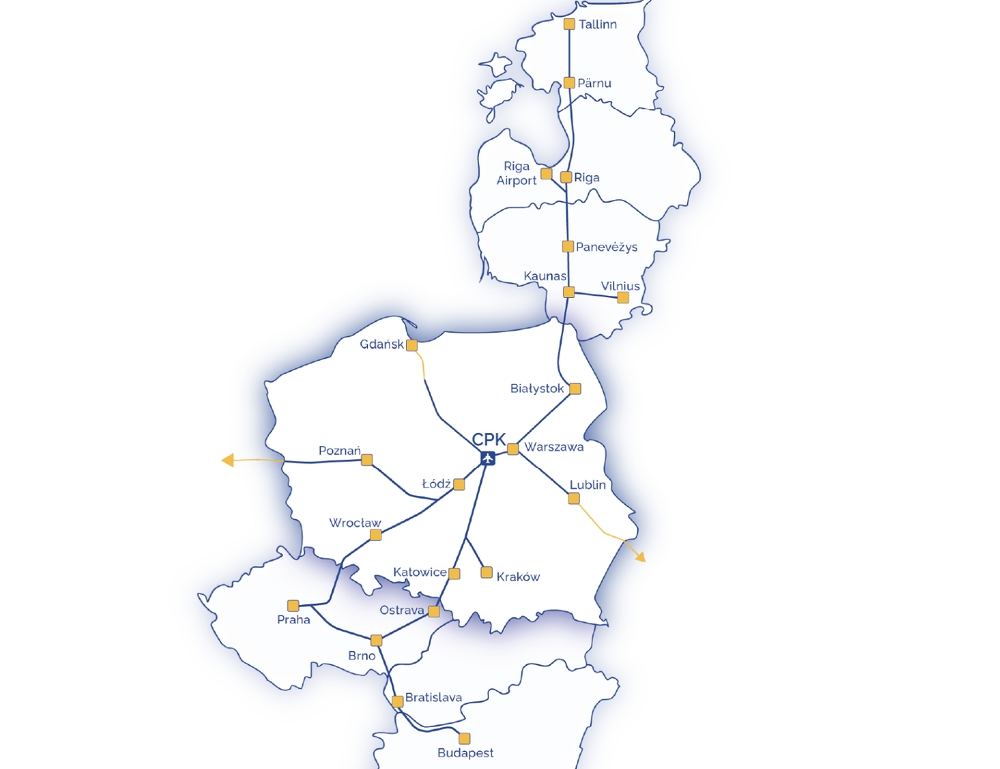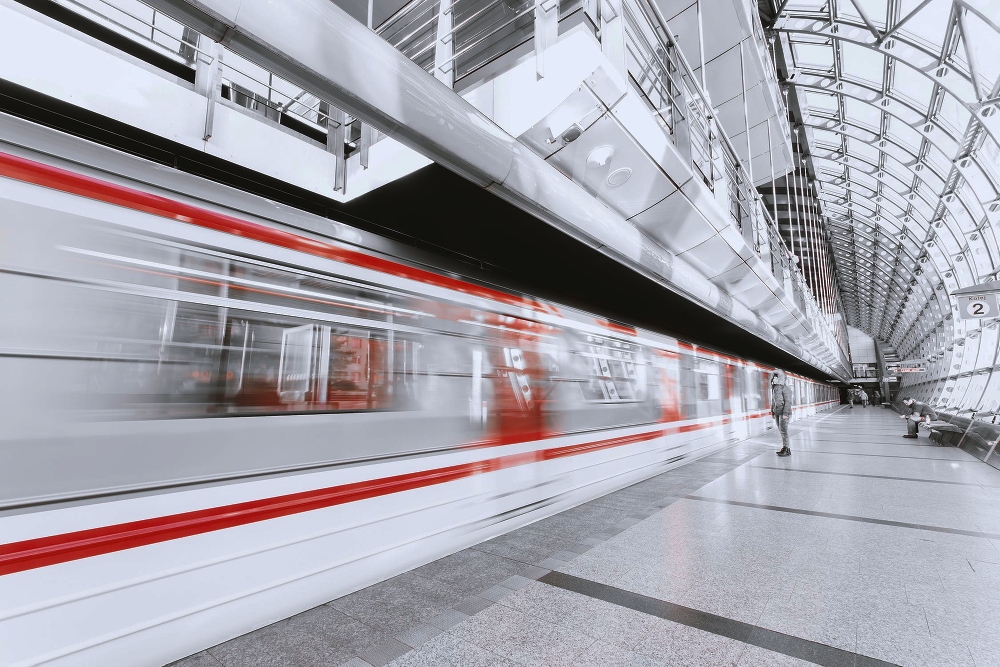Almost 4,500 kilometers of high-speed railway (HSR) lines are planned for the Three Seas region, with new connections between Poland, Hungary, Czechia, Lithuania, Latvia, and Estonia expected to radically boost the nations’ infrastructure potential.
During Railway Direction Days in Warsaw, a cooperation agreement was signed by representatives and investors from the six countries, with the new rail lines expected to jumpstart growth, reduce emissions, and add more economic weight to the entire region.
The Polish part of HSR is to be ready in four years. Thanks to joint investments, a high-speed connection between Tallin, Warszawa, Katowice, and Budapest will stretch 1,700 kilometers.
The Polish minister responsible for Central Transport Hub (CPK), Marcin Horała, pointed out that the Three Seas region is among Europe’s fastest developing regions.
“In the past 20 years, GDP in the region grew two times faster than in the so-called old EU. These railway projects are tailored for the needs of specific countries and the Three Seas region as a whole,” said Horała.

Horała stressed that the HSR network being developed, consisting of the Polish Central Transport Hub (CPK) and rail investments such as Rail Baltica and HSR V4, will form the railway backbone of the Three Seas and be key to the EU transport network.
U.S. Ambassador to Poland Mark Brzezinski pointed out that railway development is beneficial for the environment. He added that businessmen and engineers from his country have enormous experience in constructing railways and interchange hubs.
U.S. President Joe Biden’s administration strongly supports the development project, said Brzezinski. He added that in the context of the war in Ukraine, cooperation between countries is even more important.
The plan envisions a full trans-border corridor labeled Rail Baltica, which will be constructed by 2030 in Estonia, Latvia, and Lithuania. The rail lines for the project will stretch from Tallin to Riga and Kaunas, and then on to Vilnius and up to the Polish border, with the first sections of the railway to be activated in 2027. At the same time, the plans assume the construction of HSR V4 rail connection between Prague, Brno, Bratislava, and Budapest.






